
The fuel cell sector continued to grow in 2017. With nearly 700 megawatts, it shipped 30 percent more capacity than in 2016. Growth in units came to about 15 percent. New projects, collaborations and industry alliances were announced almost each day, it seemed, in the last few months of the year. Because of this, it was a challenge, gladly taken, to cover as many developments in the annual report as possible.
The preliminary market data for 2017 is based on fuel cell system shipments up until October and on estimates from individual businesses for the last months of the year. Note that in the chapter on transportation, only vehicles are counted as systems, not simply fuel cell units.
Over 100 companies were contacted for the survey. The responses were compared with publicly available data and missing information was filled in wherever necessary. As usual, conclusive numbers for 2017 and preliminary figures for 2018 will be published in The Fuel Cell Industry Review at the end of this year.
Considering that the fuel cell sector is still a somewhat nascent industry, growth in 2017 was remarkably high, especially in the transportation segment. The analysis shows that last year, about 5,000 more fuel cell vehicles were shipped than in 2016. In all, fuel cell use in transportation grew around 50 percent, as measured by electrical output, and now contributes over …
Written by Franz Lehner and David Hart both for E4tech, Lausanne, Switzerland






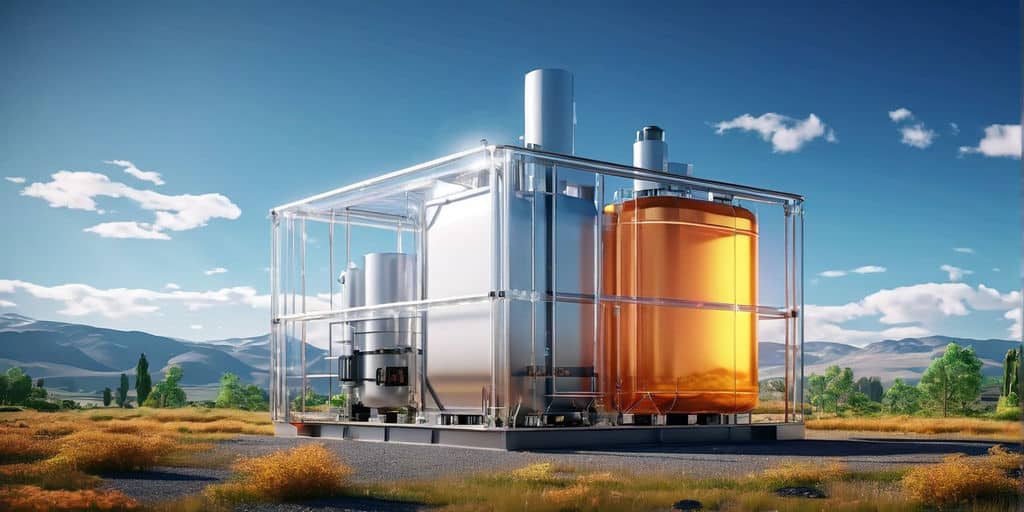

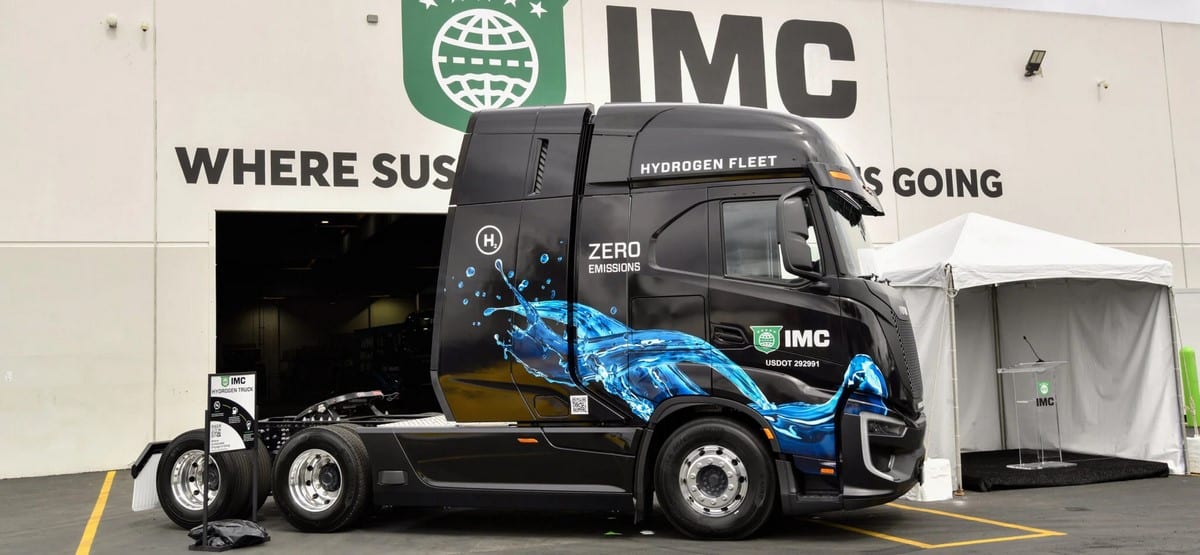
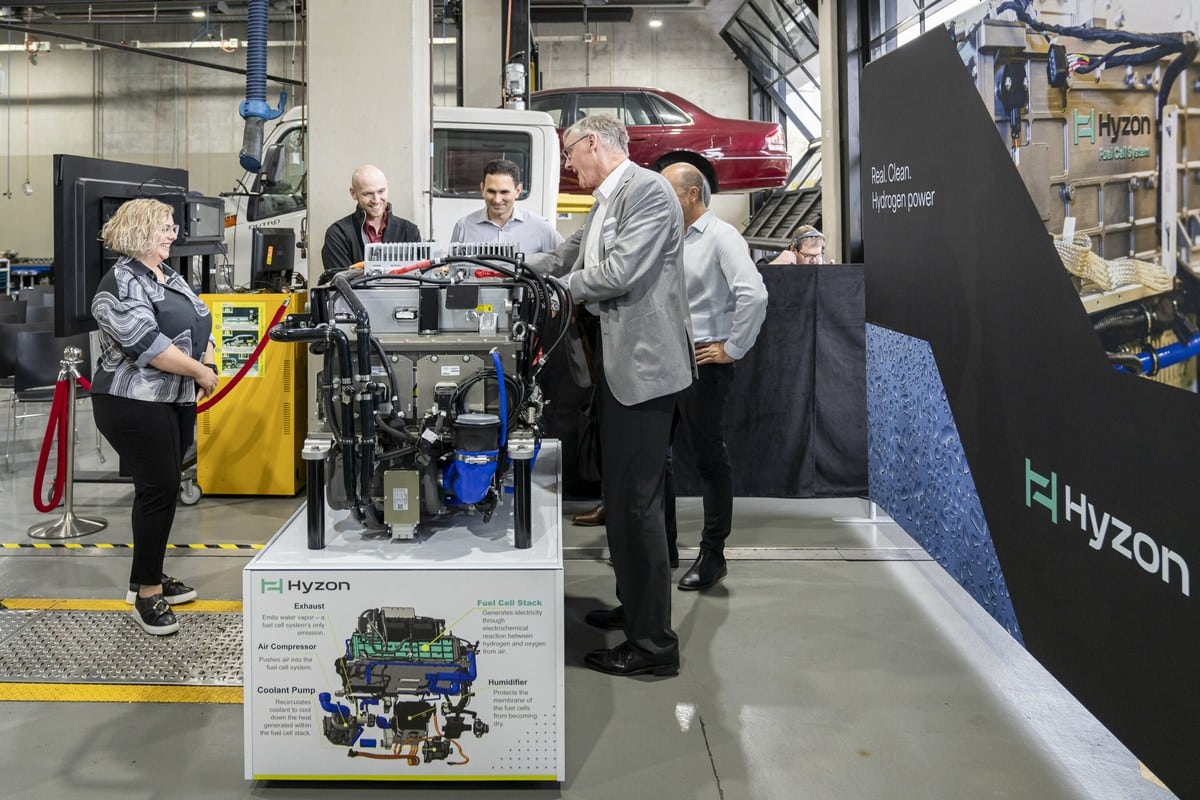
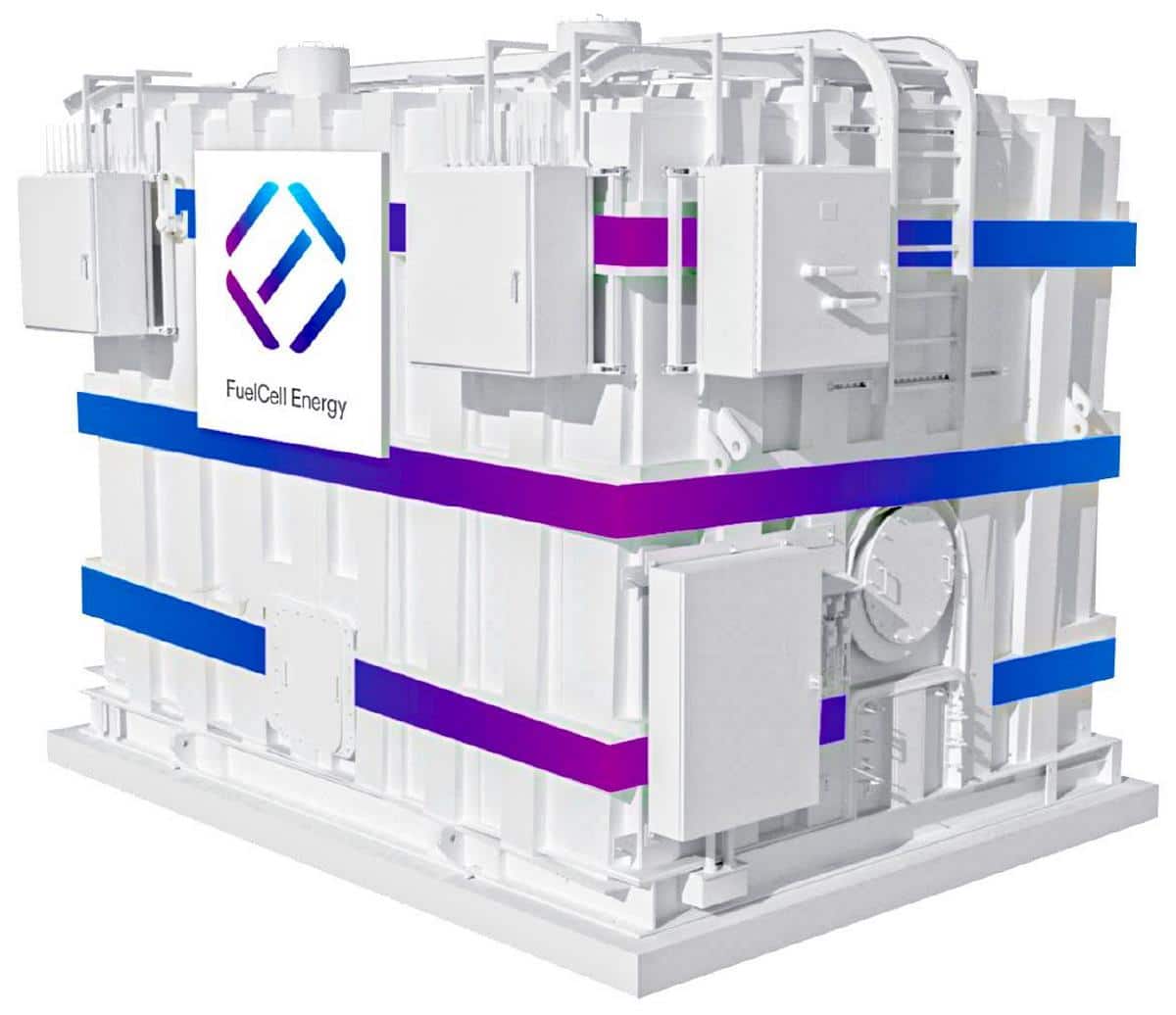
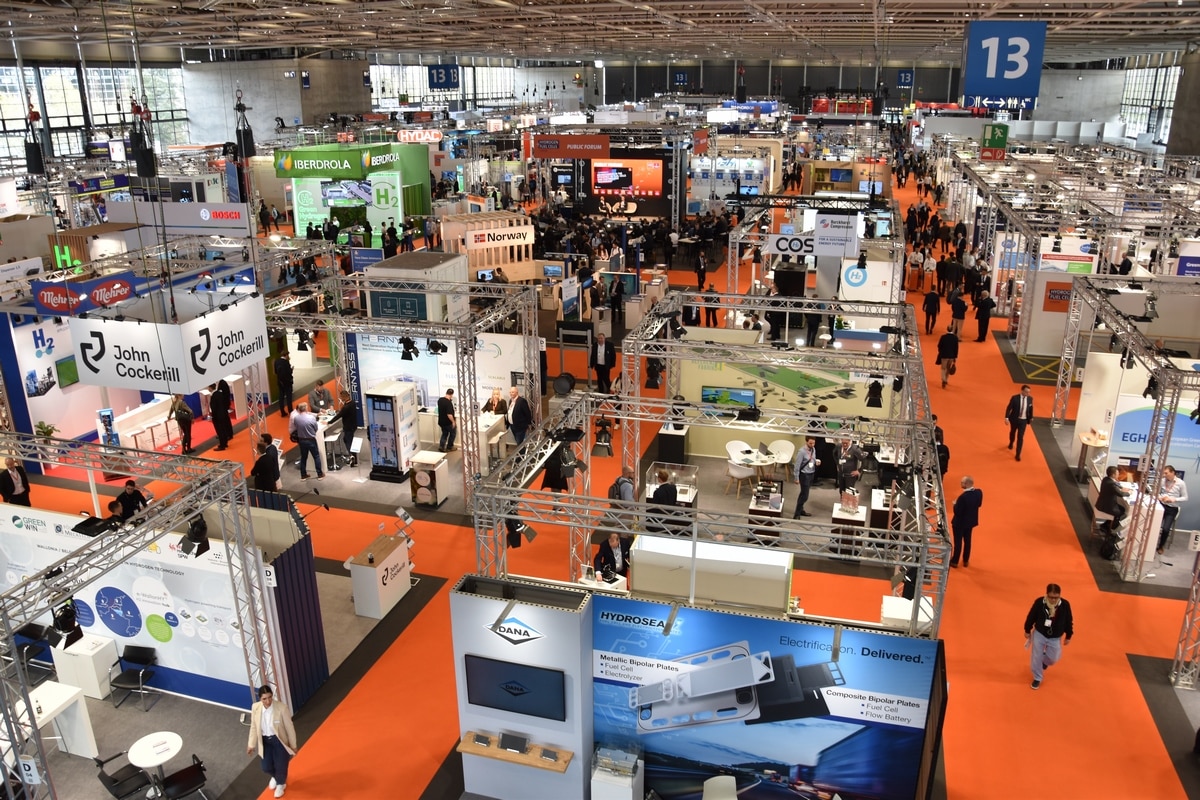

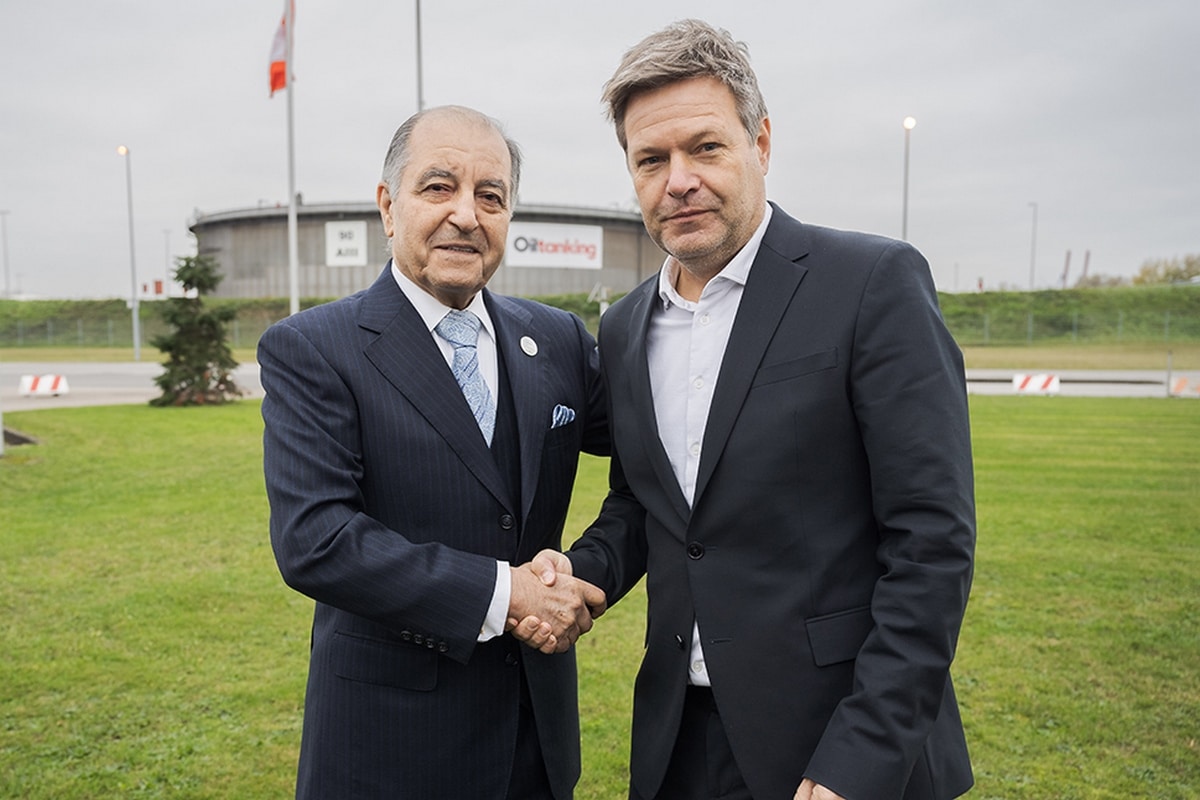
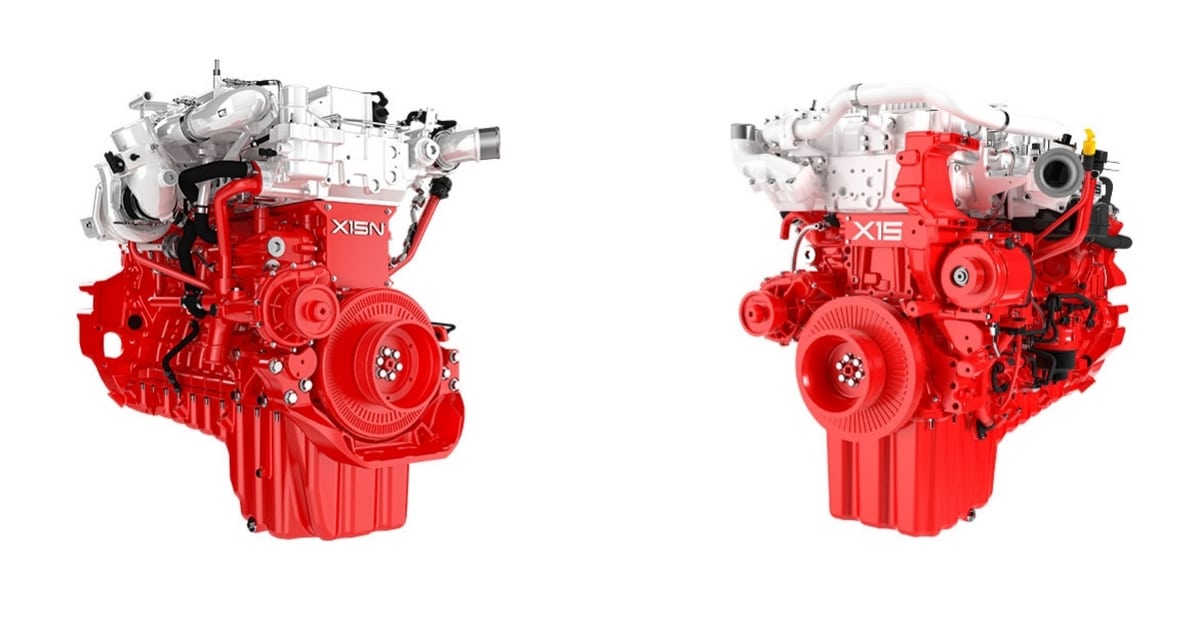
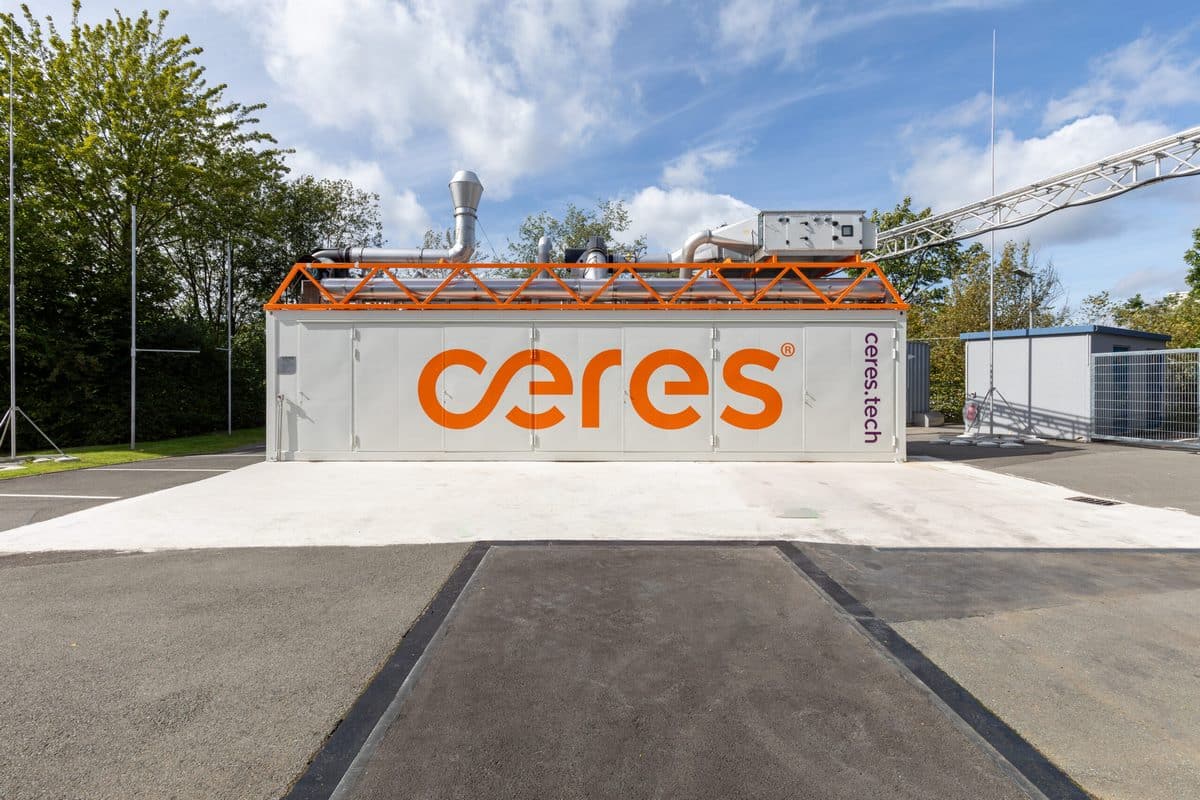




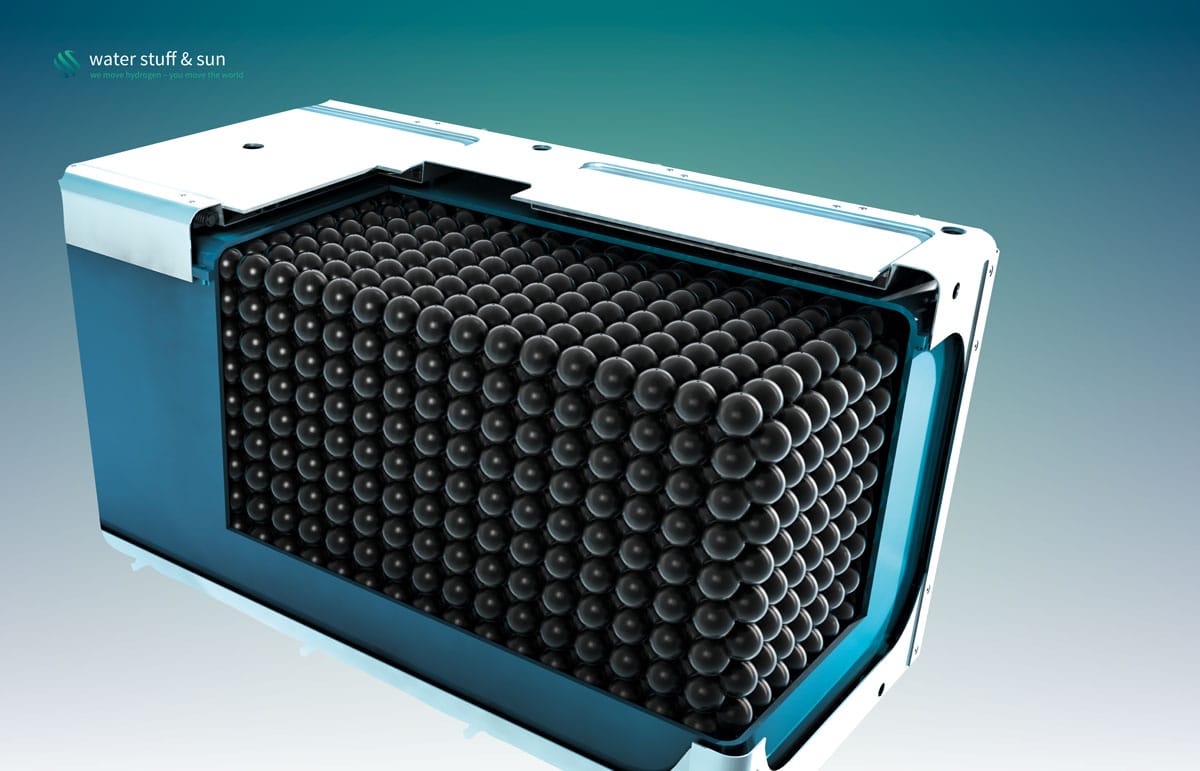

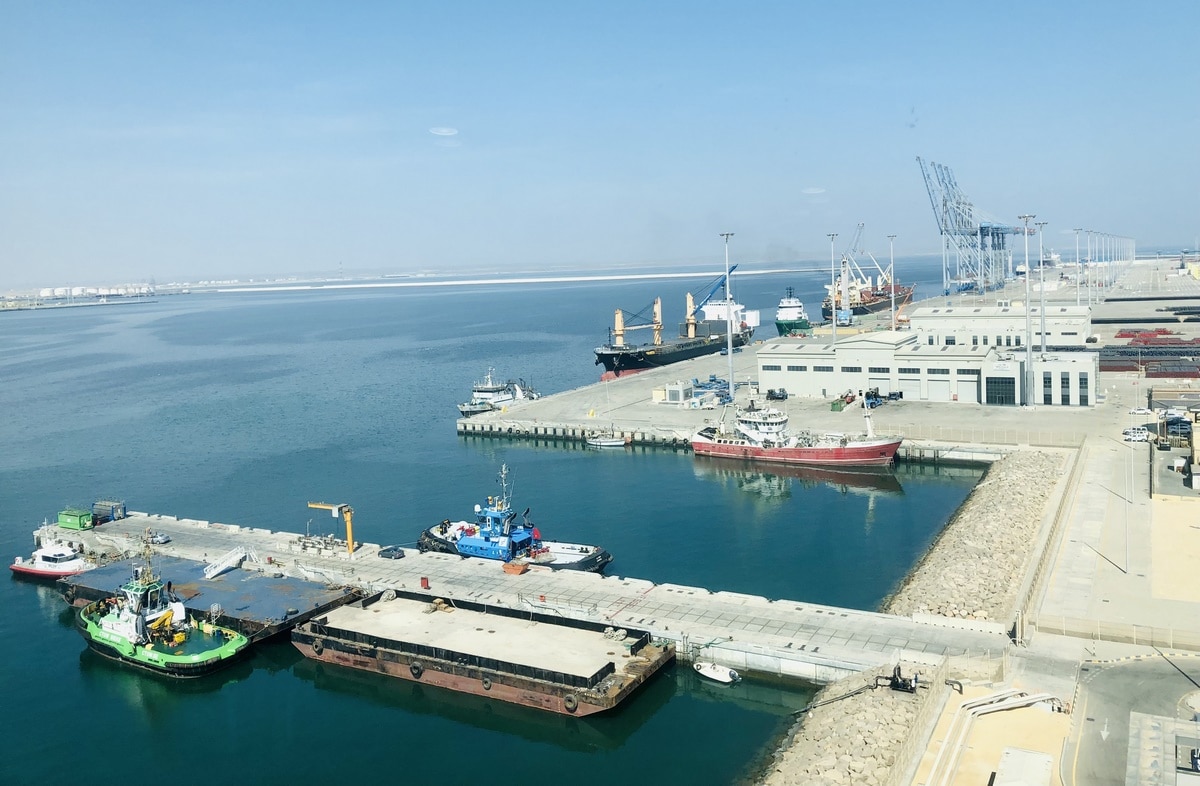



0 Comments